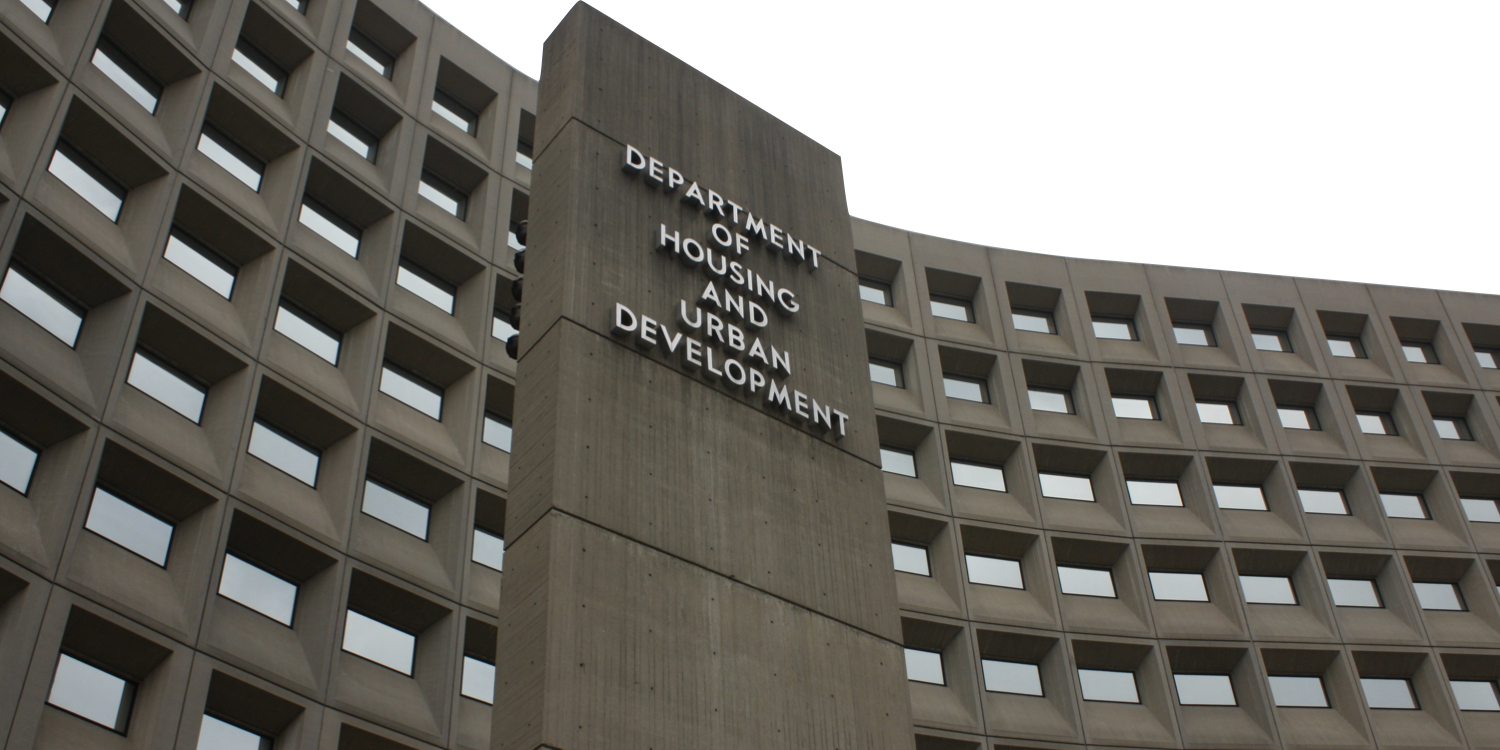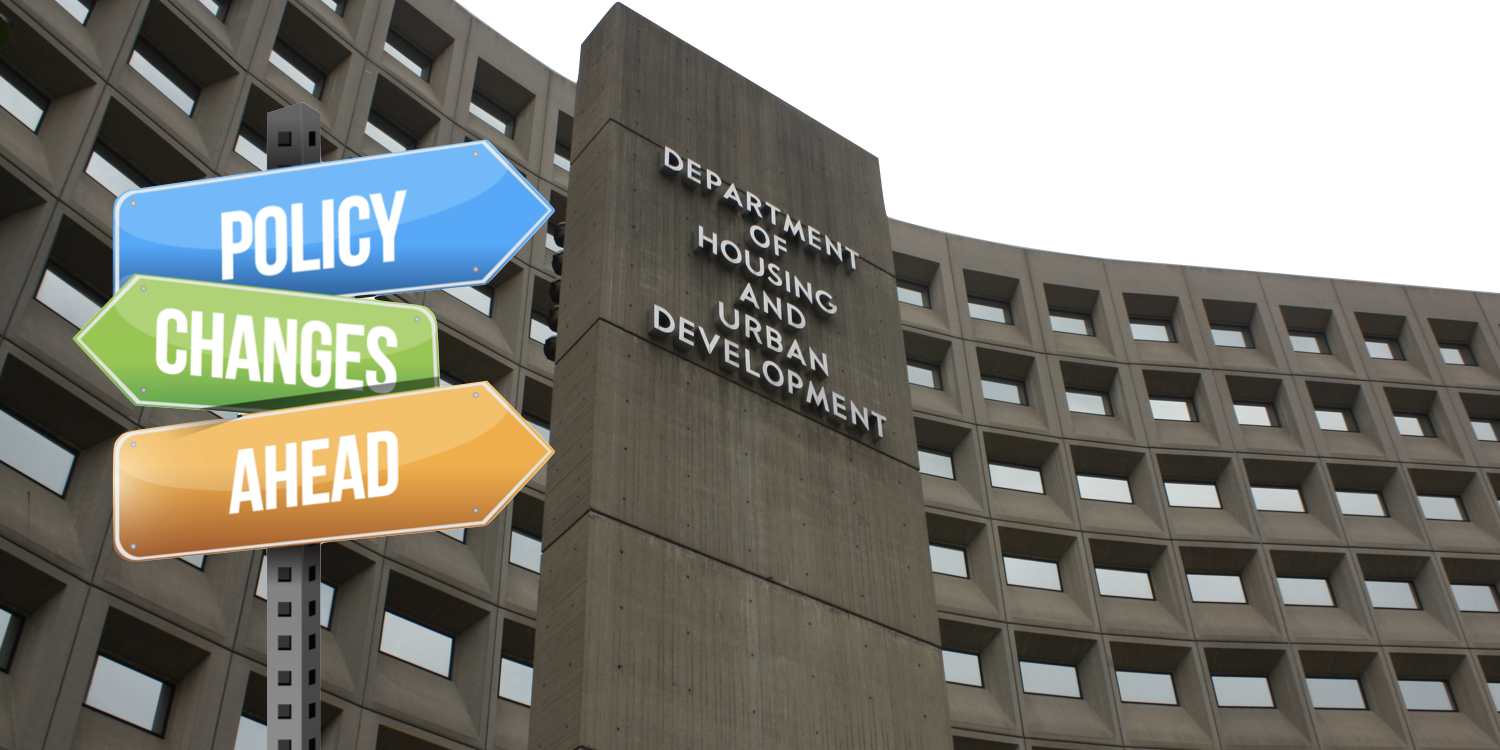Here’s what FHA Commissioner Julia Gordon had to say about the HECM program, it’s value, and the importance of industry standards…
Continue readingThe Inheritance Illusion
The expectations of older homeowners when willing their home to their children is often an illusion.
Continue readingHave decades of HECM reforms worked?
Have decades of HECM reforms had their desired effect? We examine key HECM policy changes, their impact, and effectiveness.
Continue readingHECM MMI Fund Remains Positive for Now
While the HECM portion of FHA’s portfolio remains positive its capital ratio has slightly slipped thanks to the program’s extreme sensitivity to home price appreciation and interest rates…
Continue readingFHA’s proposed HECM policy changes: What you need to know
Here are the key proposed policy changes for the HECM that every reverse mortgage originator should understand and communicate with borrowers who may find themselves in these specific situations.
Continue readingAustralians are flocking to reverse mortgages
After two years of engagement and feedback from HECM lenders, servicers, consumer advocates, and other housing industry participants the Federal Housing Administration (FHA) released its updated handbook which consolidates HECM policies.
Continue readingFHA Commissioner says the agency is fully committed to the HECM program
FHA Commissioner Julia Gordon reaffirmed the agency’s commitment to the HECM program in her keynote address to the National Reverse Mortgage Lenders Association (NRMLA) Annual Meeting in Nashville, Tenn last week.
Continue readingFHA to cover payments when a lender is in default say ML
FHA’s latest HECM-related mortgagee letter explains what happens when a reverse mortgage lender defaults on their obligation to make timely payments to the borrower.
Continue readingUSA Today: Where are home prices headed?
The soon-to-be-released updated FHA handbook will incorporate several recent policy changes and HECM mortgagee letters.
Continue readingFHA issues draft guidance for accessory dwelling units
FHA issues draft guidance for accessory dwelling units…
Continue reading






